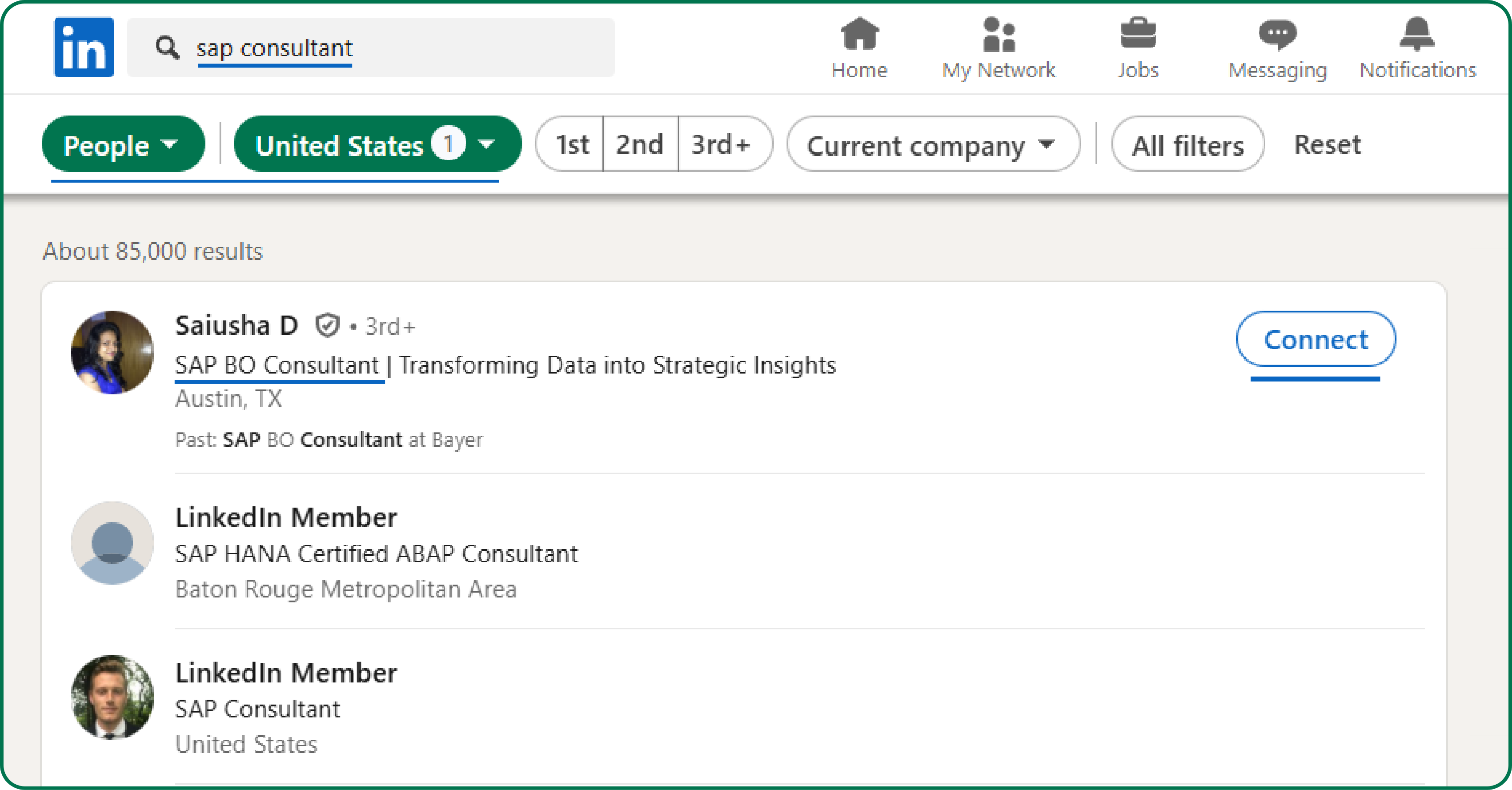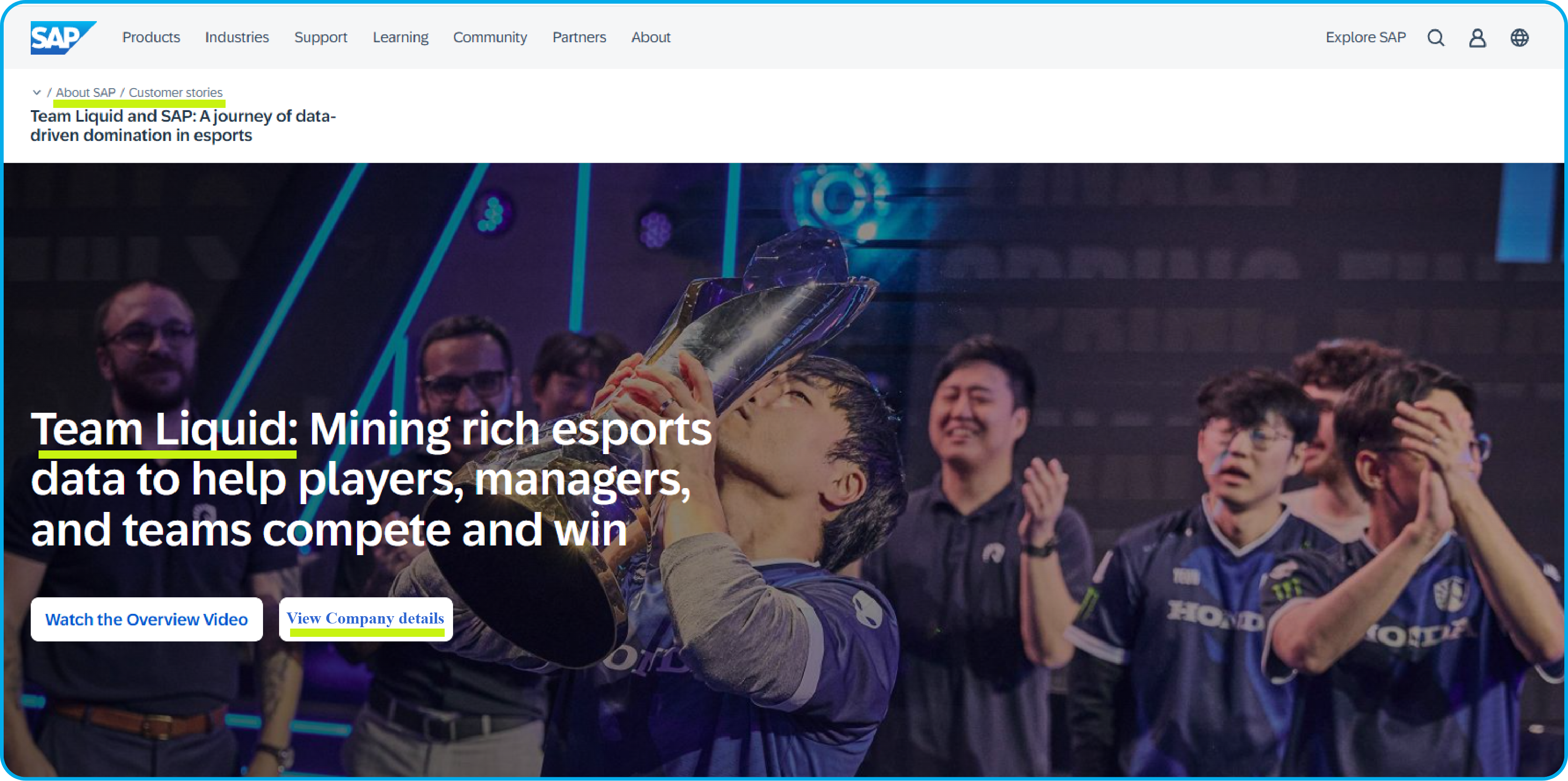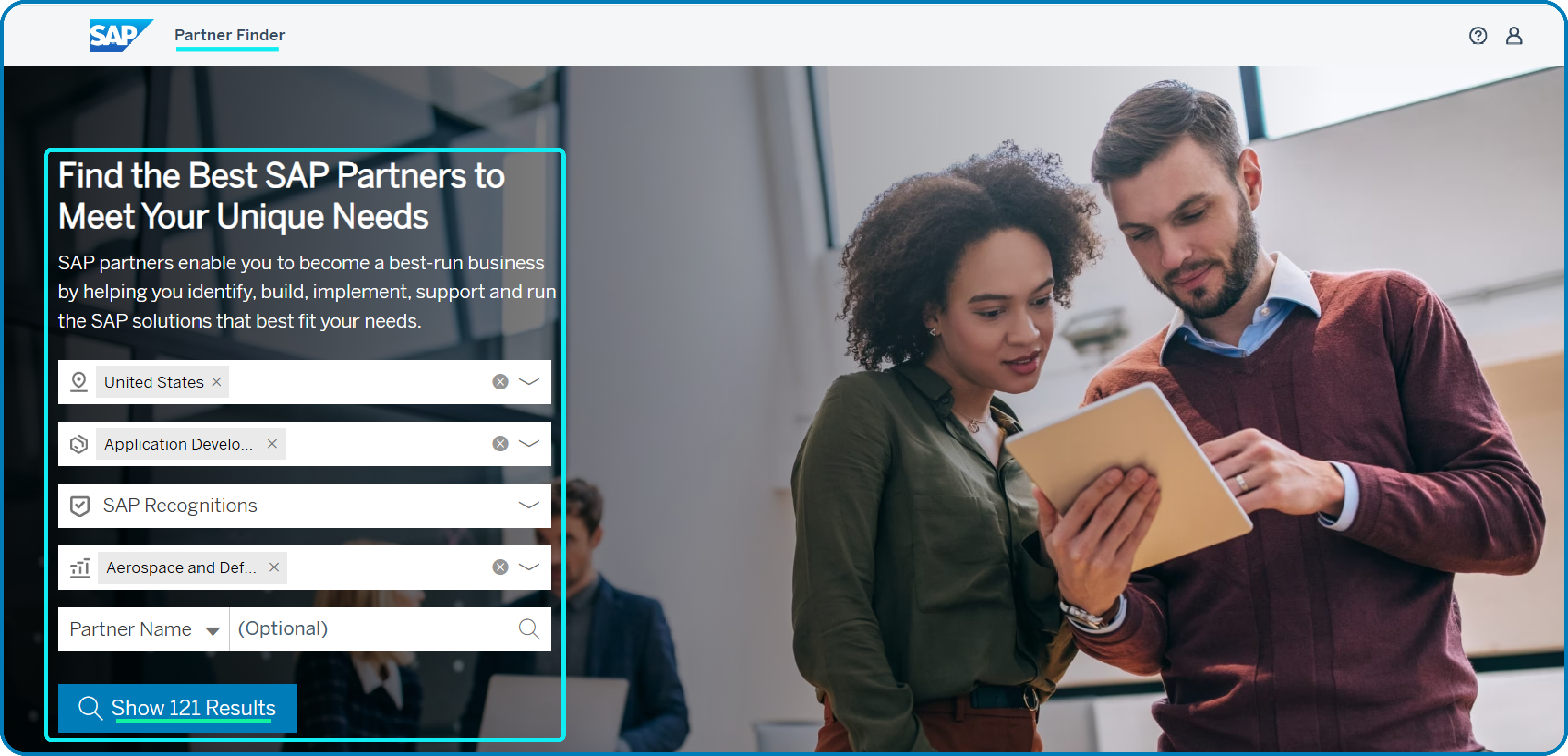Subscribe to Our Newsletter
Stay updated with the latest tips and strategies. Get additional discounts and alerts on offers.

Finding the right audience isn’t just important — it’s the foundation of successful marketing and sales. If your ideal customers are companies that use SAP software, having a targeted list isn’t optional — it’s essential. But how do you actually find them without wasting hours or chasing dead ends?
The SAP Customer List refers to a curated database of companies that use SAP products like SAP S/4HANA, SAP ERP, SAP Business One, and more. It includes crucial information such as company name, industry, location, revenue size, decision-makers’ contact information, and the SAP product they use.
Businesses, marketers, and IT solution providers aiming to connect with companies using SAP products and services.
Here’s why it matters:
Experience the power of targeted marketing! Request a FREE sample of our SAP users email lists to see the quality and accuracy for yourself.
SAP continues to lead the way across diverse industries in 2025. Here’s a look at the top sectors leveraging SAP solutions for growth and innovation:
Manufacturers rely on SAP S/4HANA to streamline production, manage supply chains, and drive operational efficiency. SAP helps improve quality control, resource planning, and real-time reporting.
Retailers use SAP Customer Experience (CX) and SAP Commerce Cloud to deliver personalized shopping experiences. SAP also enables smarter inventory management and seamless omnichannel operations.
Hospitals and healthcare providers leverage SAP Health solutions to manage patient data securely, optimize care delivery, and streamline billing processes. SAP also supports healthcare analytics for better decision-making.
Finding SAP customers segmented by industry requires a smart approach. Here’s a detailed step-by-step guide to make your search easier and more effective:
LinkedIn is one of the best platforms for identifying SAP users by industry. Start by using LinkedIn’s advanced search filters such as company size, industry, location, and keywords like “SAP Consultant,” “SAP User,” or specific SAP product names (e.g., SAP S/4HANA, SAP SuccessFactors).

Join LinkedIn groups focused on SAP technologies and industries you want to target. Engage with posts, follow SAP-related pages, and analyze company profiles that highlight SAP usage. LinkedIn Sales Navigator can further refine your search with lead and company lists tailored by SAP expertise.

These platforms highlight real-world examples of companies using SAP solutions, categorized by industry, geography, and SAP product. Analyze these stories to build a list of potential customers who match your ideal profile. Not only do you find companies, but you also gain valuable insights into their business challenges and SAP implementations.
SAP’s ecosystem includes thousands of certified partners and official client listings that are often publicly available. Check SAP’s Partner Finder tools and directories like:

These lists showcase SAP partners and key clients across different industries. While partners often list their SAP customers as references, you can use this information to build a starting point for direct outreach. Combining client lists with tools like Apollo.io, ZoomInfo, or LinkedIn can help you quickly gather updated contact details and enrich your database.
Professional B2B data providers can give you access to curated and verified lists of SAP customers segmented by industry, company size, revenue, location, and technology usage. These databases save you time by offering ready-to-use information, often enriched with contact details like emails, phone numbers, and decision-maker profiles.

DatCaptive is a trusted provider known for delivering high-quality, accurate, and GDPR-compliant SAP customer lists. With DatCaptive, you can easily filter your search by industry, SAP product usage, geography, and more — helping you reach the right audience faster and boost your marketing ROI.
If you’re looking for a smart and easy way to get a list of SAP customers ranked by revenue along with verified contact details, I highly recommend choosing the 4th method: approaching B2B data providers like DatCaptive.
DataCaptive is one of the world’s leading B2B data providers, offering access to millions of accurate and up-to-date contact records across industries and geographies. Their extensive database makes it easy to find SAP customers based on revenue, industry, location, company size, and technology usage.
With a proven track record, DataCaptive has helped numerous businesses identify and connect with their ideal target audience, generate high quality leads, and close more deals faster. Their data is GDPR, CAN-SPAM-compliant, regularly verified, and customizable to match your specific marketing needs — giving you a significant advantage in your outreach efforts.
Whether you’re targeting SAP Retail, SAP Healthcare, or SAP Automotive customers — DataCaptive has you covered!
Get access to a verified, industry-specific SAP Users List from DataCaptive today and start connecting with high-value prospects!
➥ Client:
A Mid-Sized SaaS Company Specializing in Supply Chain Solutions
➥ Challenge:
The client wanted to launch a targeted multi-channel marketing campaign to promote their supply chain management software to SAP users in the manufacturing sector. However, they struggled to find a verified list of SAP customers and wasted resources on unqualified leads.
➥ Solution:
They partnered with DataCaptive to access an SAP Manufacturing Users List segmented by company size, location, and SAP modules in use (especially SAP S/4HANA and SAP SCM). Using LinkedIn outreach, personalized emails, and paid ads, they reached over 5,000 verified SAP manufacturing contacts.
➥ Results:
Achieved a 42% email open rate and booked 100+ demos within 3 months.
➥ Client:
➥ Challenge:
The agency needed to create a niche lead generation campaign for a client offering retail analytics solutions for SAP Commerce Cloud users. Their initial data sources were outdated, leading to low engagement rates.
➥ Solution:
The agency purchased a customized SAP Retail Industry Customers List from DataCaptive, which included detailed fields like company revenue, industry sub-segments, and SAP products in use. They used the list to create hyper-targeted LinkedIn ad campaigns and email marketing workflows.
➥ Results:
If you choose the first three organic methods to build your SAP customers list, you need to be cautious about the accuracy of the information you gather. These methods also have a few drawbacks and involve a lot of manual work, which can take significant time and effort to build a reliable list.
To ensure your database remains top-notch:
Drawbacks:
Finding the right SAP customer list by industry is a game-changer for B2B marketing. Whether you build the list manually through LinkedIn and SAP references or source it through experts like DataCaptive, targeting the right industry audience ensures higher engagement and better ROI.
Don’t let your outreach fall flat. Segment smarter, target sharper, and sell faster with the right SAP users list!
An SAP Customers List is a database of companies that actively use SAP software for various business operations such as ERP, CRM, HR, supply chain, and more.
Segmenting SAP users by industry allows you to create highly targeted marketing campaigns, leading to better engagement rates, more qualified leads, and higher conversion rates.
Industries like manufacturing, retail, healthcare, pharmaceuticals, finance, and energy are among the top adopters of SAP solutions.
Yes, you can build it manually using LinkedIn, SAP customer success stories, company websites, and business directories, but it’s time-consuming and may not be 100% accurate.
SAP S/4HANA, SAP SuccessFactors, SAP Ariba, SAP Business One, and SAP Customer Experience (CX) are widely used across multiple industries.
Ideally, your SAP customers list should be updated every 3 to 6 months to maintain data accuracy and relevance.
A targeted list allows your sales team to focus efforts on high-potential leads, shortening the sales cycle and improving conversion rates.
Yes, B2B data providers such as DataCaptive offer free samples so you can assess the data quality before purchasing.
Typical fields include company name, industry, revenue, employee size, decision-maker names, titles, email addresses, phone numbers, location, and SAP products used.
DataCaptive offers highly accurate, updated, and segmented SAP users databases tailored by industry, ensuring better outreach and higher ROI.
DataCaptive uses multi-step verification processes, including manual verification, AI-driven validation, and regular database updates every 45 days to maintain over 95% accuracy.
Absolutely! DataCaptive can customize your SAP users list based on geography, industry, revenue, employee count, technology stack, and more — ensuring you get exactly what you need.
Get a Sample Email List
Show Some Love!

Subscribe to Our Newsletter
Stay updated with the latest tips and strategies. Get additional discounts and alerts on offers.
Related Articles
Subscribe to Newsletter
Stay up to date with the latest marketing, sales, and service tips and news.
